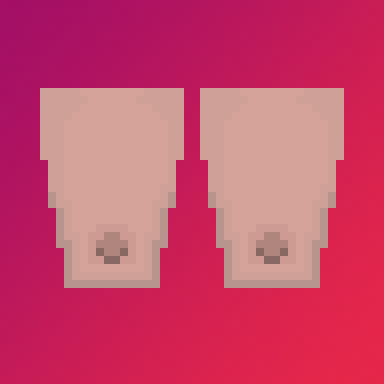A unique blockchain experiment combining art, smart contracts and charity.
1 in 8 woman will develop invasive breast cancer over the course of their lives. 60 unique illustrations represent women of every age and background, and face the same, unpredictable odds. When diagnosed, the token will permanently change state.
Current risk of diagnosis
Become a Collector
You will mint a random piece. 75% of the purchase price is donated to charity. The remaining 25% go to the project's treasury. The same split applies to any secondary sale royalties.
Mechanics






 Artist Statement
Artist Statement
One day, when I was eleven years old, I came home from school to find my mom crying. At the time, no one explained to me what happened, and I only later learnt that the reason: my aunt got breast cancer. After going through chemotherapy, surgery and radiotherapy, she was able to defeat the cancer.
Then twenty years later, in late 2019, my mom was diagnosed with breast cancer as well. As a woman from the next generation, I am at a high risk of getting this cancer myself. While that seems frightening, when I look back and contrast my mom's with my aunt's treatment, I can see a big improvement. We have come a long way.
I dedicate this project to my mom and to all those who have fought, are fighting and are continuing the fight against breast cancer.
2020 was a tough year for everyone, but I know from my mom's personal experience that this time is especially hard on people fighting cancer. In addition to their illness, patients have to deal with all kinds of Covid-induced limitations. With this project we want them to know they are not alone.

Technical Details
Chainlink VRF provides the randomness to the contract. The randomness generator can be triggered by anyone, at any time. In addition, there is a fallback randomness source based on block-randomness. See Randomness.
The artwork is stored in IPFS. In addition, there are placeholders in the contract that allow on-chain storage & Arweave identifiers to be associated with each piece.
When Project Mahin was deployed, there was no accepted standard for NFT royalties. As a long-term project, we still wanted to future-proof it as much as possible by implementing multiple of the royalty systems in use at the time. Specifically, the contract exposes functions to implement these interfaces:
- EIP-2981 (pre-final version)
- Rarible
- Known Origin
- InfinityNFT
We did not implement ERC-2571 or ERC-2665. The former has the undesirable effect of disabling simple transfers, and the latter seems to lack traction.